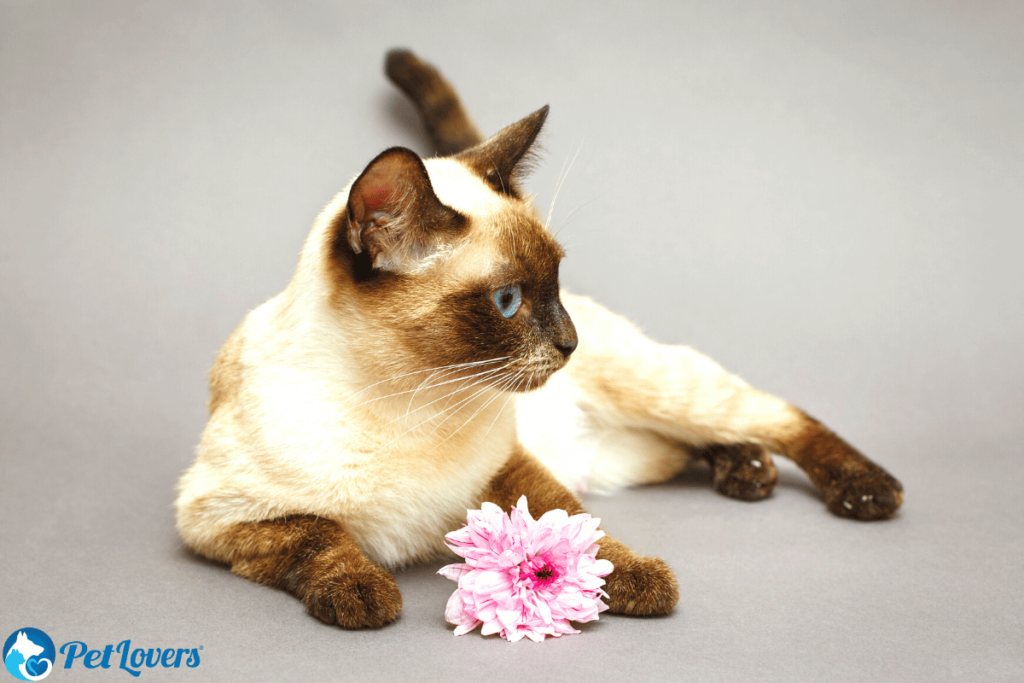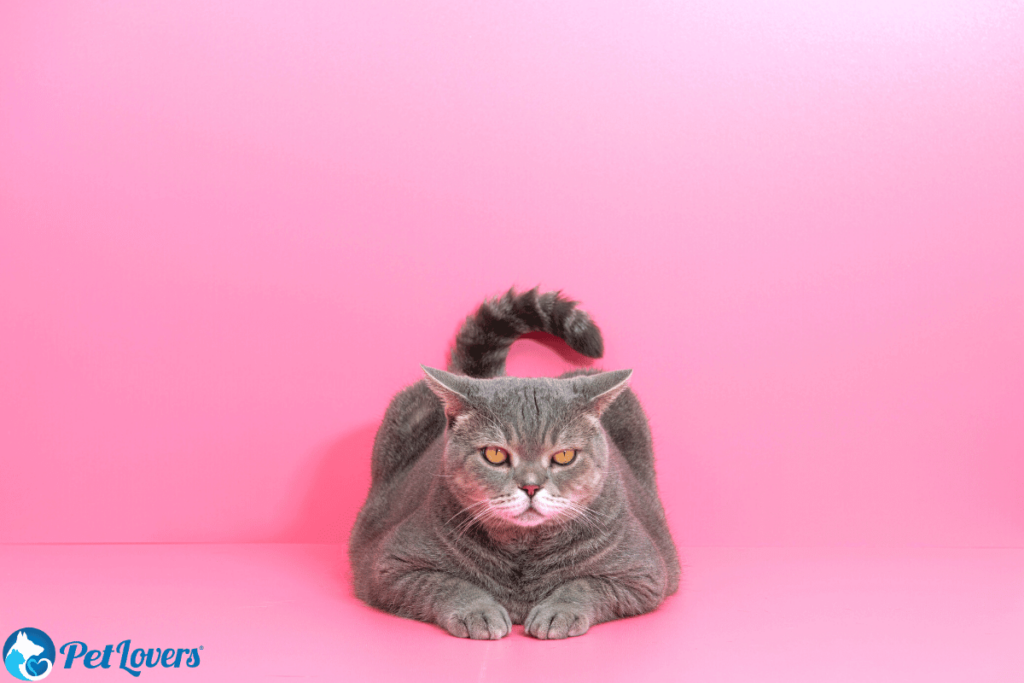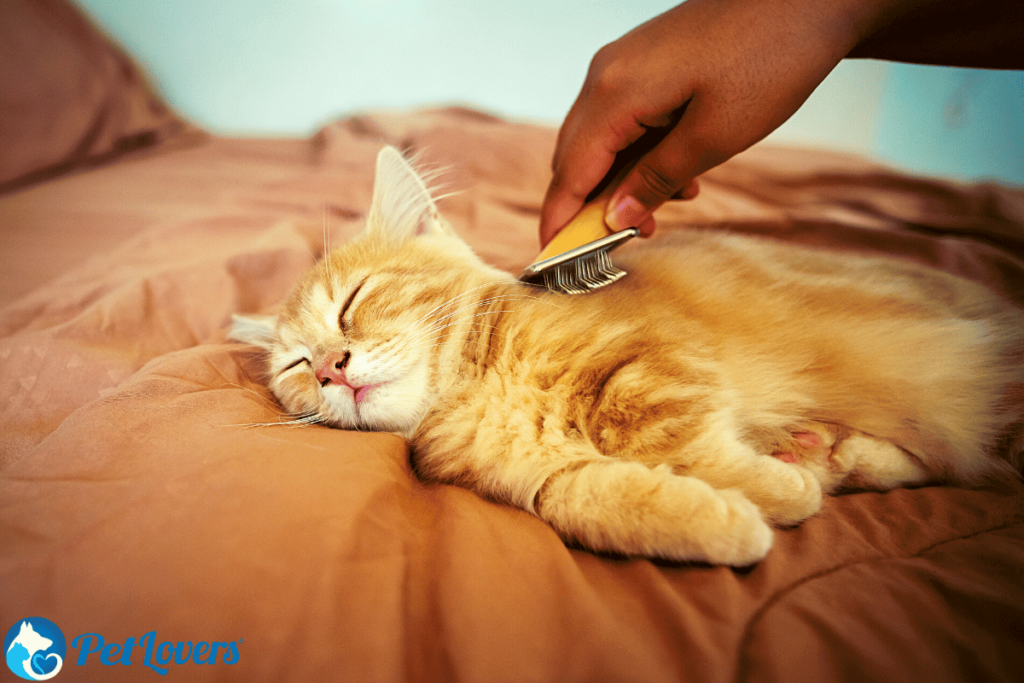Types Of Dog Brushes
Grooming your dog regularly helps minimize shedding, control where that loose hair falls, and improve the health of your dog’s

The terms ‘cat fur’ and ‘cat hair’ often cause some confusion, given the way that they are used. Technically speaking, there is no difference between hair and fur, because all animals have hair. With this being said, fur is a good way to describe shorter, densely-haired areas of the body. This makes both terms necessary when describing cats, so let’s look at what each describes.
Table of Contents
When talking about different cats, we can use the words fur and hair interchangeably. The best use of the term ‘fur’ is to describe short-haired cats.
All other cats have hair, of different lengths and styles. Even the hairless cat, does have some hair, although they are tiny and difficult to see with the human eye. Pretty confused? Don’t worry, we’ll soon clear things up.

There is more than meets the eye with a cat’s coat, which is made up of several different types of hair.
In most breeds, this complex tapestry features 4 hair types, with each having an important role to play.
At the base of a cat’s coat is its down hair. Its purpose is to insulate the cat when it is cold and protect the cat’s skin from UV rays when it’s hot. The hair at this level of the cat’s coat is soft and tightly packed.
Interestingly, the Javanese cat has no down hair at all, whereas the odd-looking Cornish Rex, only has down hair protecting the cat’s body.
Above the down hair, we have awn hair, which is much thicker and coarser than the layer below. The role of awn hair is also to insulate our feline friend and also to protect the down hair below.
The awn hair is where most of a cat’s darker colors come from, and it is generally the most visible hair type on the coat.
The longer hairs that you find on your cat, or indeed on the floor, are guard hairs. The job of guard hair is to keep the cat dry, as they are very efficient at resisting water.
The color palette of your cat’s coat will be determined by the darker tones of the awn hair, and the pops of color from the guard hairs.
Whiskers, or vibrissae, are found all over the cat’s body, and not just around the muzzle. In most cats, you will also find whiskers around the back of the legs, as well as around the eyes and nose.
These whiskers perform a very important task, helping the cat to assess the space around it. If you’ve ever seen a cat squeeze through an impossible gap, they did so using their whiskers for guidance.
Many cats that are considered hairless, do have hair on the body, called vellus hairs. The Sphynx cat is a good example of this, with its array of baby-fine hairs.

Cat breeds can be identified by several characteristics, including the coat it has. Let’s take a look at the 4 different coat types they may have.
Short-haired cats are the most common type of house cat in the country. With hairs that grow no longer than 2 inches, almost all breeds have a short-hair variety.
Beyond being easy to take care of, many owners prefer these cats because of the beautiful range of colors and patterns on the coat. As you can imagine, these cats are pretty low maintenance and grooming is very easy.
Regular brushing is only needed once a week, to keep the coat in good health. It is worth remembering that grooming sessions aren’t just about cleaning the coat and making sure it looks good.
This is also a good time to identify any health problems behind your cat losing hair. Regular grooming gives owners the chance to look out for bald patches or irritations.
If they do have any medical conditions, a cat’s symptoms may not be easily visible. With regular grooming, you’ll get a much better idea of their general health, and know when a veterinary exam may be required.
With guard hair that grows between 2 and 5 inches, long-haired cats like Persians ooze style and class. Again, there are long-haired varieties across multiple cat breeds.
While a long-haired cat may have that beautiful coat, grooming can present a challenge. Those with long-haired cats will find more loose hair around the home and on their clothes, and that chic coat can often get tangled up.
Cats are the kings and queens of self-grooming, but owners will need to regularly groom the cat’s hair to avoid health problems. If tangles aren’t dealt with, it can result in matted fur, a real problem for these cats.
If the fur mats, it restricts airflow to the body and can result in a painful skin disorder. During brushing sessions, using a slicker brush can loosen tangles, but sometimes a professional cat groomer is the best option, to avoid hurting the cat when untangling.
When groomed regularly, these cats both look great and won’t leave an excessive amount of hair around the home.

Cats with curly hair are a result of taking one breed and repeatedly mixing it with others. This process changes the look of the cat’s fur, which is naturally straight. The result is a distinctive cat that is incredibly valuable.
Those looking for a curly-haired cat can expect to pay quite the sum. These are non-shedding cats, making them relatively low maintenance and easy to groom.
Frequent brushing keeps the fur healthy and bouncy and lowers the risk of external parasites making a home in the curls. Curly cats in particular are fastidious groomers, but they’ll always need a little help from owners to keep their skin and coat in great condition.
As we have already mentioned, even bald cats do have some hair. To the naked eye, however, these cats appear to have no hair or fur at all. Hairless breeds are very striking, and they need a lot of love and care from their owners.
Hairless breeds like to cuddle, especially in the cold weather, because they don’t have hair to help regulate temperature. The lack of a healthy coat can also lead to other health issues if they are not cared for.
Bald breeds can have skin problems if they aren’t washed regularly, as oil builds up on the causing skin irritation. If this cat has a health problem from those oils, it will excessively scratch certain areas, and you’ll soon see flaky skin across the body.
Healthy skin is more important for these breeds than any other. This said it is easy to spot skin issues or manage mites with this cat, due to its lack of hair. If you haven’t owned a cat before, a hairless breed may not be the wisest option.
Those with pet allergies often have more issues with cats than they do with other household pets. Despite what you may think, it is not the cat hair that causes an allergic reaction.
The allergy is not in fact to the cat’s fur or hairs shedding, but to the proteins that are found in its urine, saliva, and dander (dead skin cells). Simply put, the human body in allergy sufferers, mistakes these proteins for invaders, and turns the defenses up.
This is why people’s reaction is often a runny nose, increased sneezing, coughing, and swelling. Having cats living nearby can be a real problem for those with allergies, even if they don’t have contact with them.
Some cat owners find that they too have allergic reactions, even though they are not allergic to the protein in cats. This mostly happens during grooming because of the allergens that a cat may have brought in. This can include pollen and mold.
If you own a cat, it may be worth checking out the underlying cause of any reactions you have had. The last thing you need is a pet allergy when you own one.
As you can see, it can be important to use both fur and hair to describe a cat. They can be interchangeable but are generally used to describe different aspects of the coat.
If you are looking to get a cat, pay attention to what kind of hair it has because it will dictate what kind of maintenance it requires. Regular grooming is always recommended for coat care, but some need more attention than others.
 PetLovers
PetLovers
Grooming your dog regularly helps minimize shedding, control where that loose hair falls, and improve the health of your dog’s
Have you begun to notice a little more cat fur around the home than you are used to? Most cat
A slicker brush is one of the most essential tools in your dog grooming arsenal. This product can do it
TO GET 15% OFF ON ALL YOUR PURCHASES